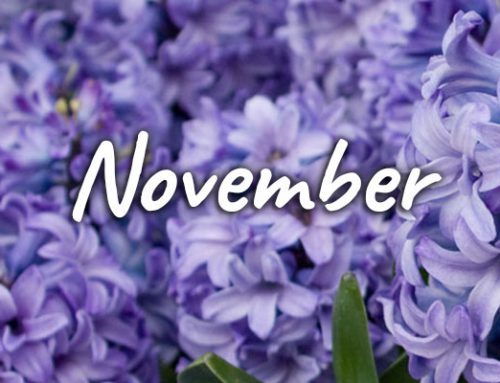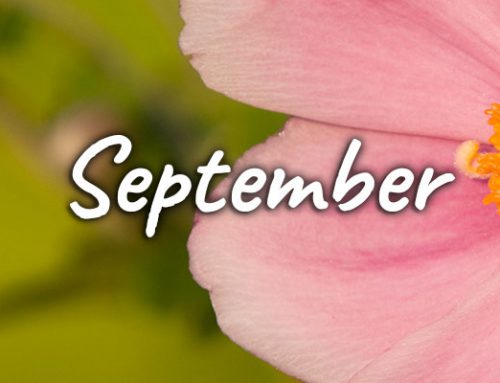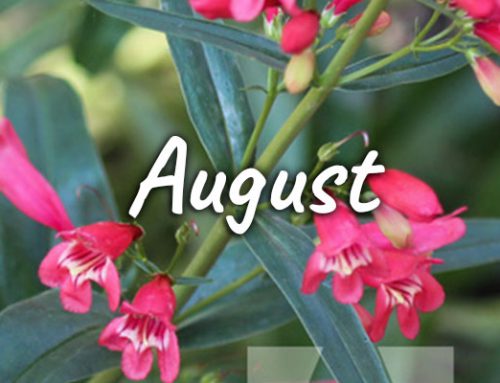
Autumn is a beautiful time of the year, with the trees changing colour but it feels colder and the night are drawing in. Here are some seasonal jobs that need undertaking!
Baskets and Containers
If you haven’t already done so, then I would advise you to re plant baskets and tubs with winter bedding now, if you plant these too late the plants won’t have any chance of reaching a reasonable size before the cold weather sets in, meaning it’s not robust enough to produce the flowers you expect throughout the winter months.
Pansies, violas and wall flowers can be under planted with bulbs for extra spring colour and add colourful foliage plants such as ajuga, thymes and sages.
Don’t add water crystals to composts during the winter months as it will cause water logging and the plants will rot off, also raise pots from the ground with either bricks or pot feet.
Water hanging baskets regularly as autumn winds and later frosts can dry them out.
Why not try a solid sided basket such as wicker instead of the usual mossed wire one.
Use cyclamen and winter heathers for instant autumn colour.
Garden Maintenance
The winds will probably ensure that clearing fallen leaves is a daily task but you must keep on top of them to avoid them rotting on the ground and spreading disease throughout the garden, burn diseased leaves but add clean ones to the compost heap.
Remember to turn your compost heap to speed up its decomposition. This will soon create rich homemade compost for you to use next year.
Once your greenhouse crops have finished, give everywhere a good clean out. Wash down the windows, scrub staging and pots with disinfectant, this will stop any pests hibernating and re-emerging next spring.
Dig over your vegetable plot and borders, adding organic matter to replenish the goodness. The winter elements will break down any large clumps so don’t worry too much about its appearance.
Prune trees and large shrubs to increase ventilation and remove diseased leaves, flowers and fruits promptly, cultural controls such as this are more effective than sprays at this time of year.
Whilst pruning examine branches for canker, die back and hollow stumps and remove all effected early before they spread.
Birds and Ponds
Start feeding the birds as the weather gets colder, they tend to rely on us for food and water.
Put a net over the garden pond to stop leaves and debris falling in and rotting.
You may want to remove your pump from your pond or fountain to avoid frost damage.
Remove tender plants to over winter in the greenhouse and trim back others such as iris, myosotis and lysimachia.
Planting and Pruning
Autumn is nature’s time for planting! Perennials, shrubs, trees and roses all benefit from being planted now, giving them all winter to establish.
Feed all hardy plants with a teaspoon full of bone meal.
Climbing roses should be pruned, removing any diseased or dead wood.
Prune back perennials that have died back and split rhubarb crowns.
Once the first frost has been dealt lift dahlia and canna tubers to store overwinter.
Begonia corms and gladiola bulbs may also be lifted and dried for replanting next spring.
Lawns
As the month progresses give the lawn one final cut on the highest blade leaving it tidy for the winter months.
Repair or patch any poor areas of lawn with either turf or seed and aerate/ scarify particularly wet areas.
Fruit and Vegetables
Dig up any remaining root crops such as potatoes, carrots, beetroot and onions, dry them off and store in paper sacks.
Leave parsnips in the ground as they taste better after being exposed to frosty conditions.
Plant autumn onion sets, garlic bulbs, spring cabbage and winter lettuce.
Tip of the Month
Make sure young trees and taller shrubs are well supported by a decent stake, prune back buddleja, lavatera and shrub roses to avoid them getting wind rock.
Happy Gardening
Craig





